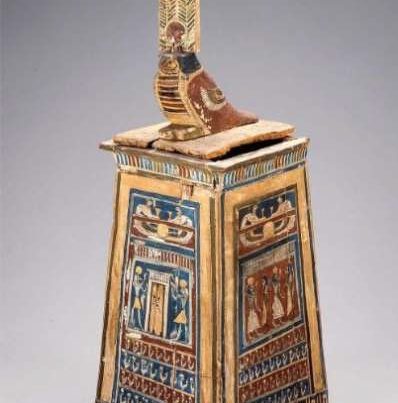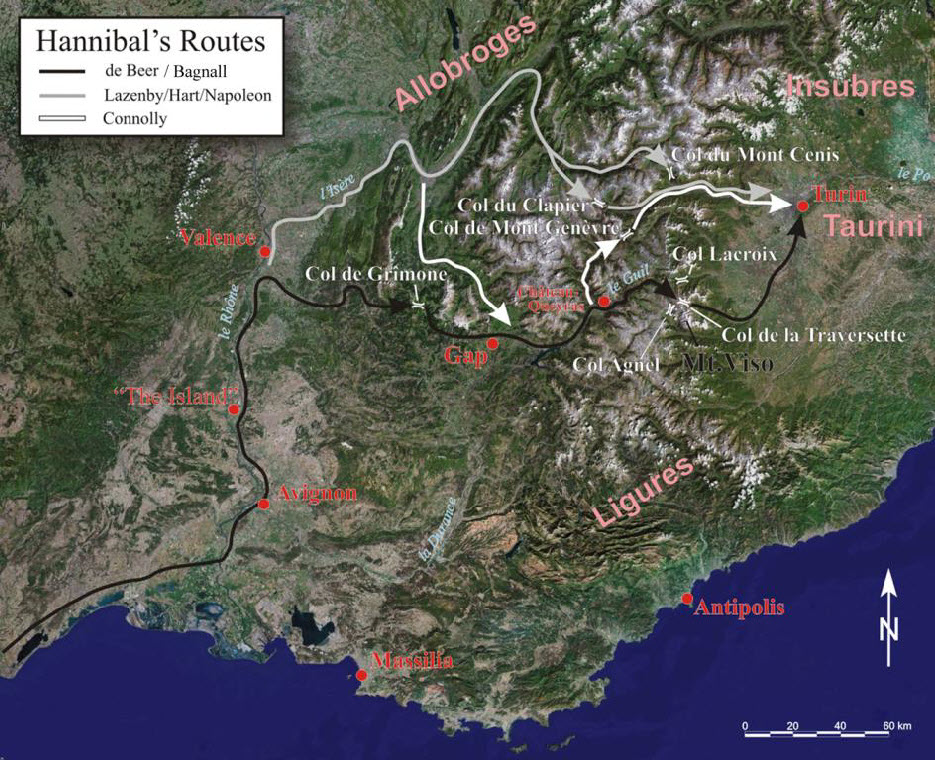by Zacharias, N., Palamara, E., Kordali, R. and Muros, V.
ABSTRACT
Glass corrosion is a remarkably complex process, which can be affected by a wide range of diverse parame-ters, both external and internal, such as environmental conditions, glass composition, surface morphology, differences in manufacture, original content etc. The precise effect of these parameters still remains uncer-tain, despite the large number of studies focusing on the study of the corrosion mechanisms. The aim of the present study is to add in this academic discussion and specifically to highlight the complexity of corrosion phenomena and the effect of various parameters on the degradation of buried archaeological glass through the presentation of material from three case studies. The examination of assemblages dated to different time periods from various sites throughout the country, from the North, Central and South Greece (Late Bronze Age glass from Pieria, Archaic to Hellenistic glass from Thebes, Roman glass from Patras and Ottoman glass from Kyparissia) highlights the influence of the burial environment and the complicate effect of glass composition and content in the corrosion process. Ad-ditionally, the above-mentioned case studies demonstrate the diversity of corrosion products and chemi-cal/morphological patterns.
![]()



